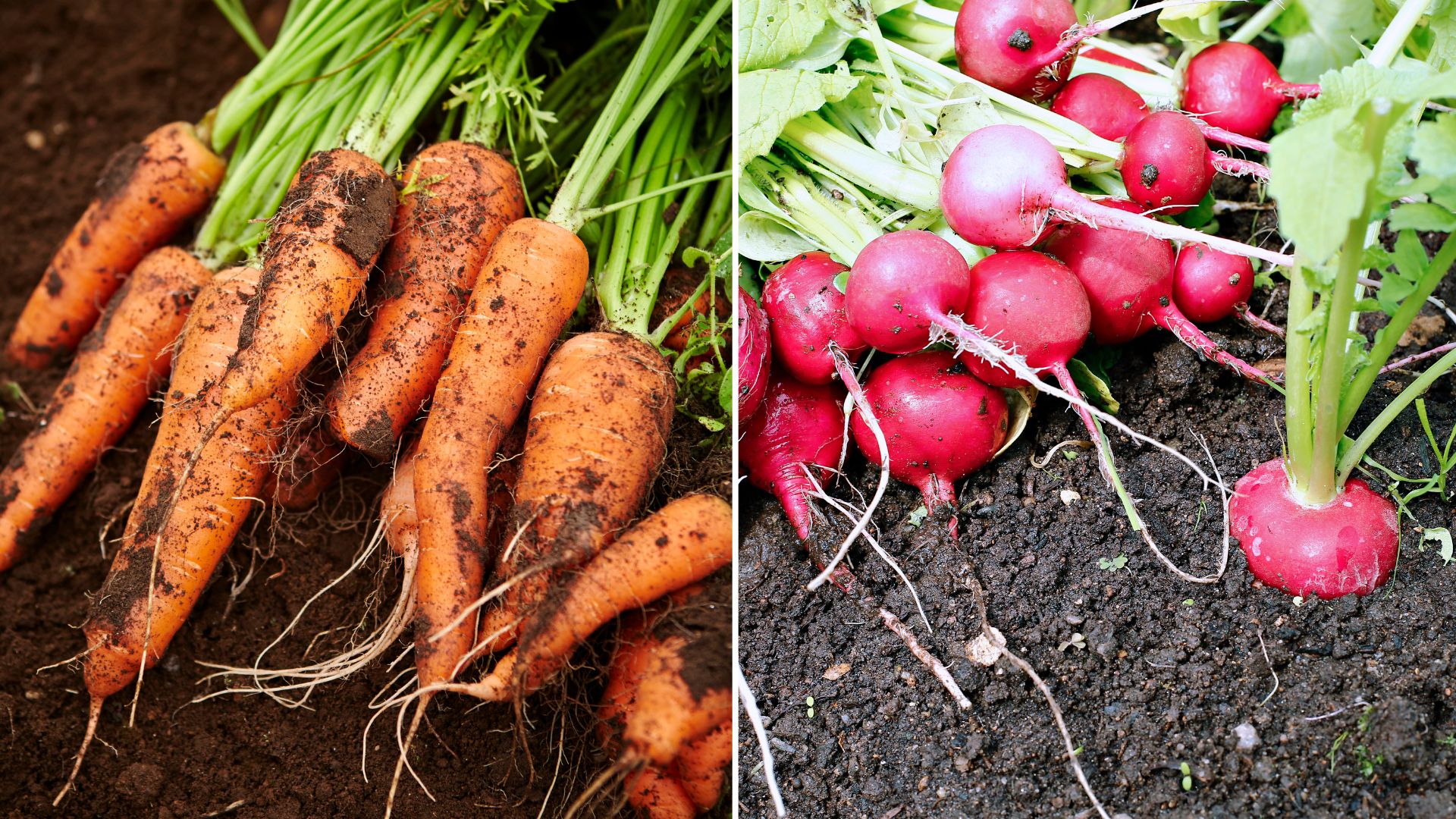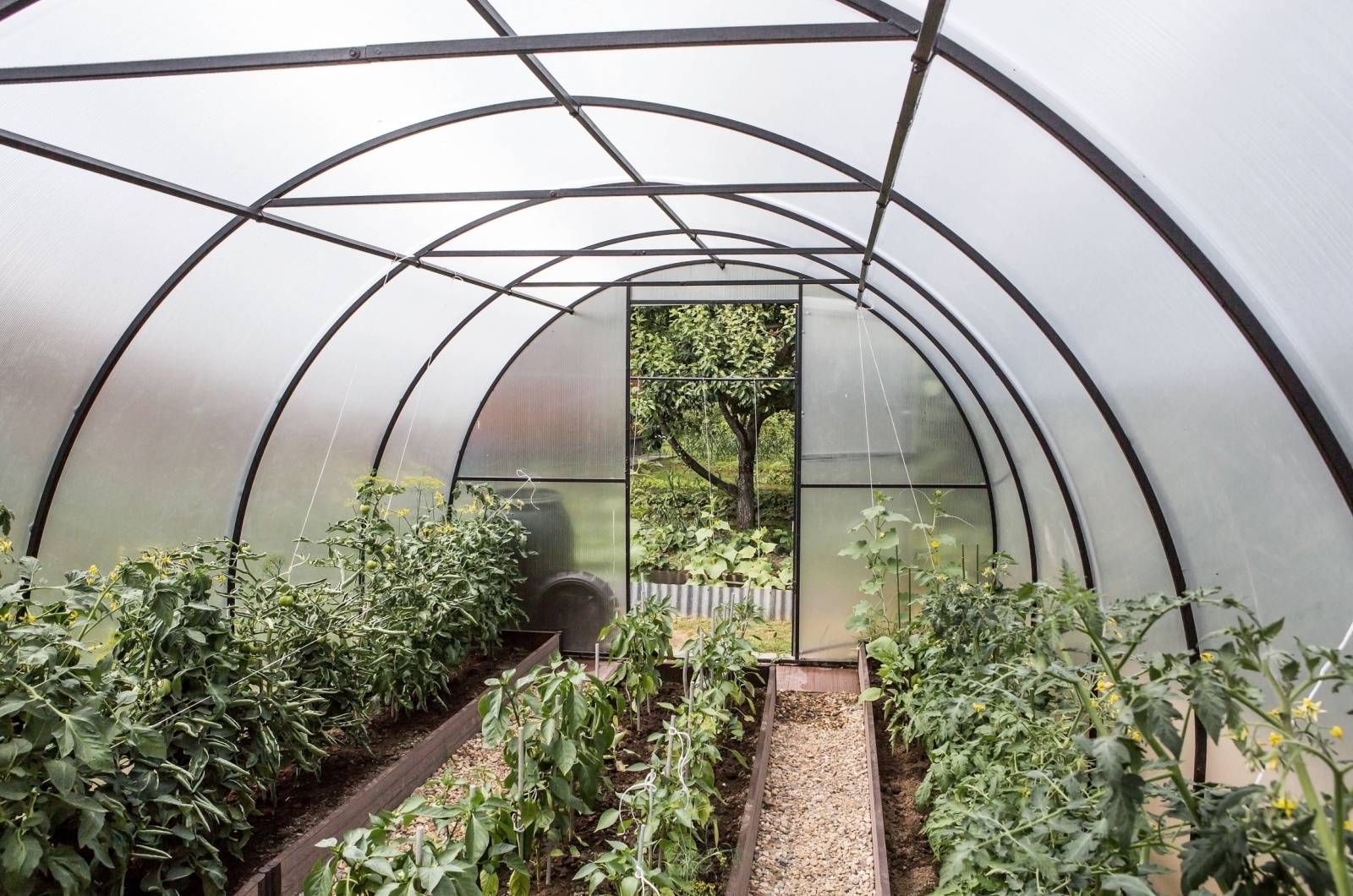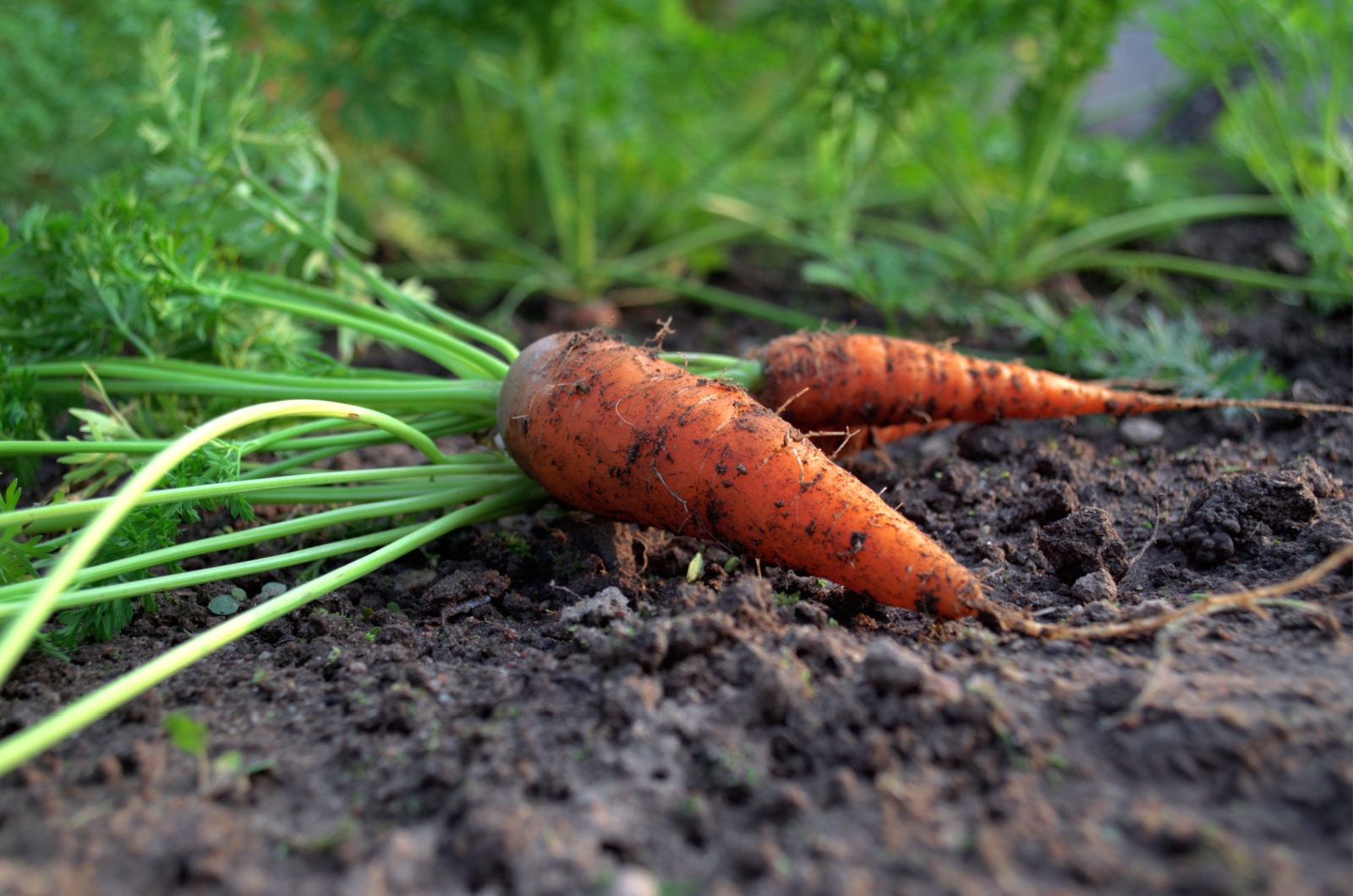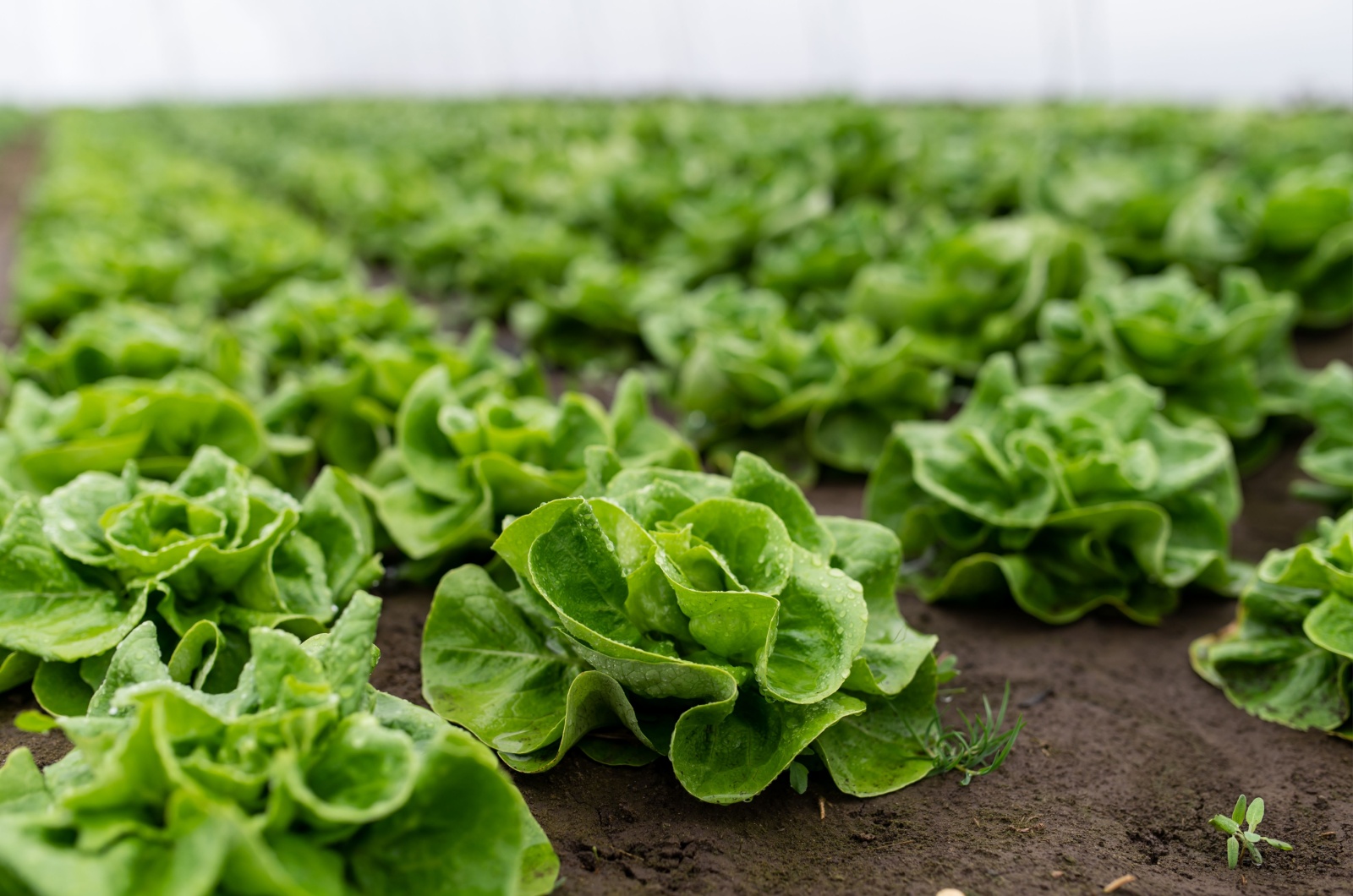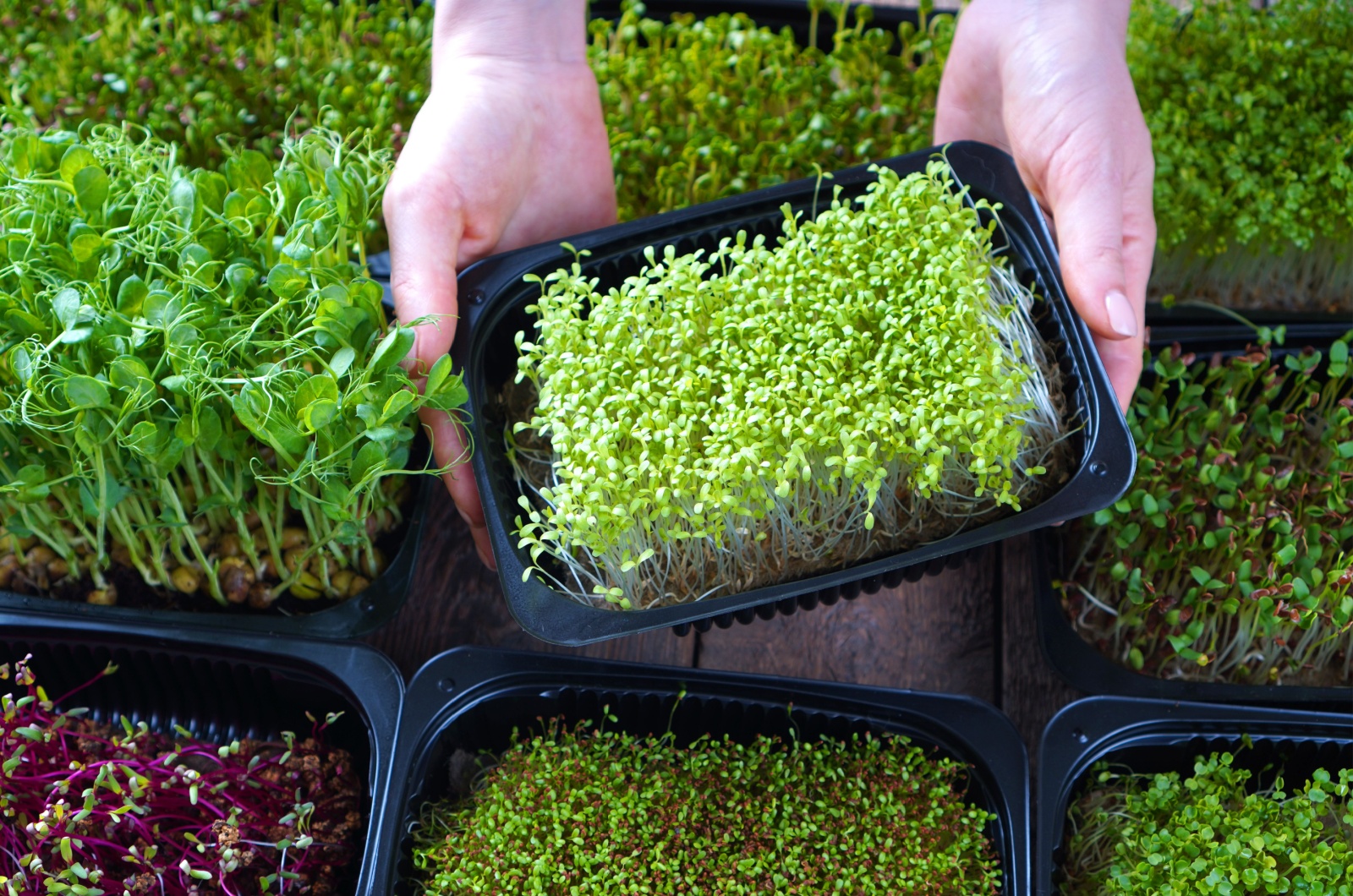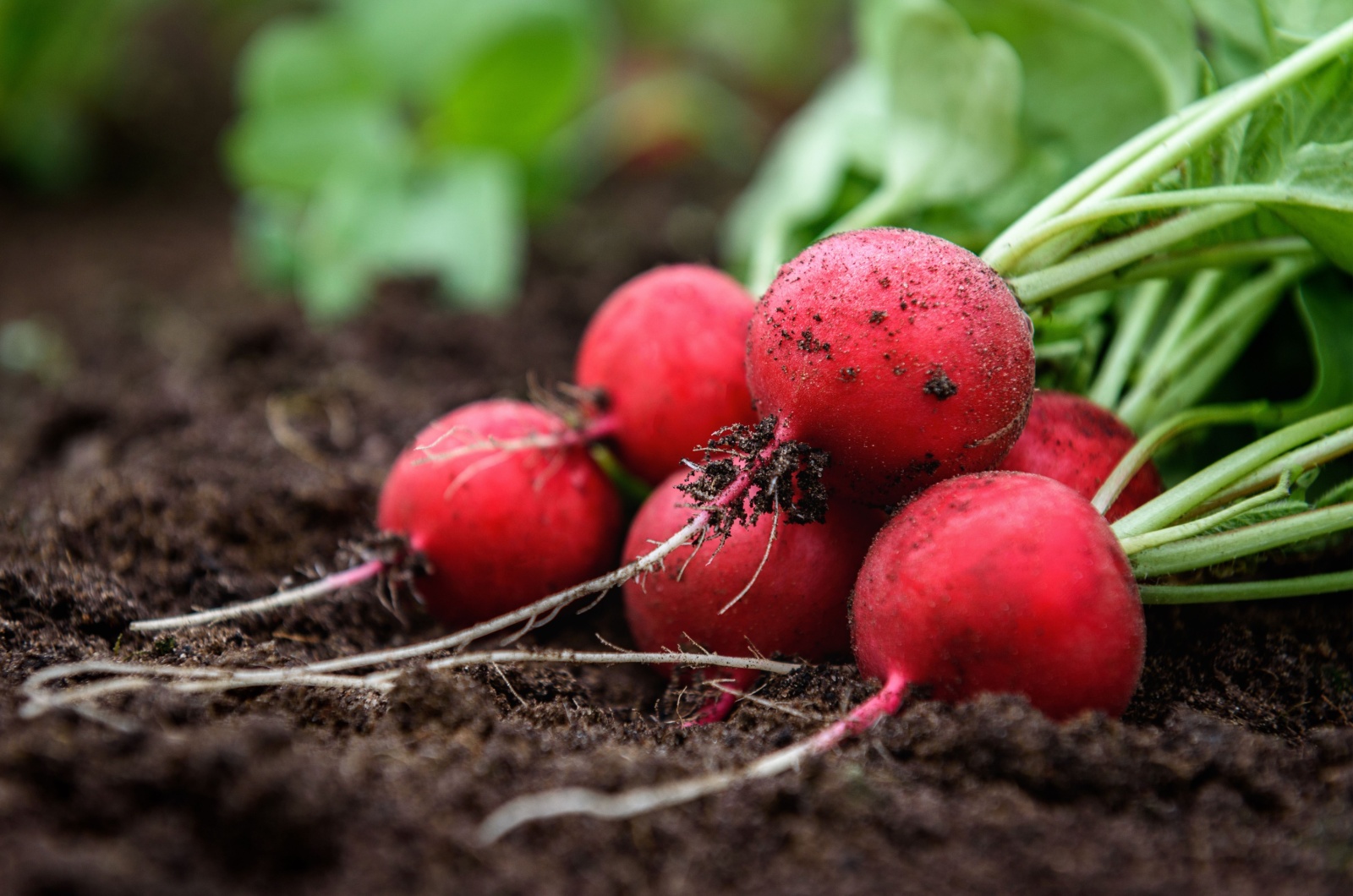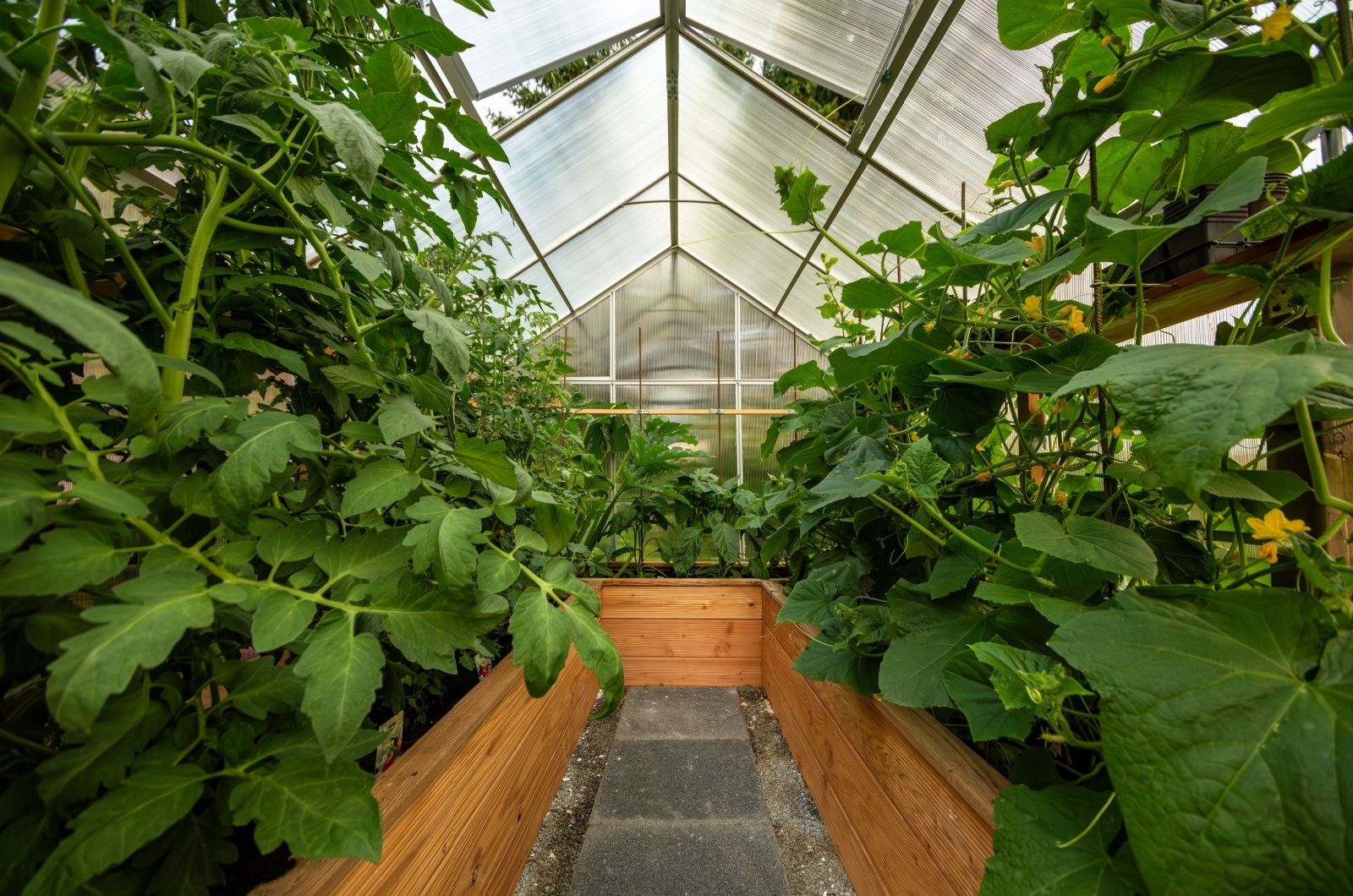Greenhouses are an excellent way of extending the growing season of your summer vegetables once the outdoor temperatures plunge.
And they can also be a great method of growing leafy greens, potatoes, root crops, and legumes throughout winter to enrich your holiday dishes.
Of course, you will have to opt for a heated or unheated greenhouse, and your choice will dictate which veggies you can grow.
A heated greenhouse offers you more crop options, but you don’t have to go all the way just for some greenery in winter. Some hardy varieties of arugula, kale, and spinach can grow in unheated greenhouses and enrich your cuisine.
Let’s get started!
10 Fall Greenhouse Crops To Plant
Greenhouses aren’t necessarily made for summer vegetables, such as tomatoes, cucumbers, eggplants, and squash, but many fall and winter veggies are suited for this type of growing.
The following 10 varieties are some of the most common fall greenhouse crops you can plant and are some of the easiest to tend to.
P.S. Two key things you need to be mindful of when growing vegetables in greenhouses is maintaining the temperatures your plants grow best at and ensuring your crops have enough light.
1. Arugula
Arugula is an amazing vegetable because you can grow it in an unheated greenhouse and still get a massive yield.
And the best part is that most types of this crop are suited for fall greenhouses. Plant them in early fall and you’ll get a steady flow of nutrients throughout winter.
Finally, they only take about 30-50 days from seed to harvest, giving you a quick leafy green for your winter salads.
2. Carrots
Growing this root vegetable in a greenhouse gives you a steady harvest throughout the year, provides a healthy snack in winter, and is a great addition to your holiday dishes.
These crops prefer cooler temperatures and can be ready for harvest within 80 days after sowing, so make sure to plant them in late August or later.
And if you don’t want to wait that long, you can plant ‘Scarlet Nantes,’ ‘Little Finger,’ or any ‘Parisian’ variety which can mature in about 60 days.
P.S. You can even grow hydroponic carrots in a greenhouse if you like.
3. Kale
Kale is a perfect fall greenhouse crop because you can even grow some hardier varieties in an unheated greenhouse.
This vegetable can survive cooler outdoor temperatures, but growing them in a greenhouse overwinter will give you a larger and continuous yield throughout winter.
There are many kale varieties you can choose from, depending on their color and size. Sow them in early fall and enjoy them throughout the cooler season.
Siberian kale is perfect for a fall and winter unheated greenhouse, and it even develops a sweeter flavor when exposed to some frost. ‘Red Russian’ grows quickly and doesn’t require much care. The Tuscan variety produces large and showy, dark foliage.
4. Lettuce
Choose a hardy lettuce variety, such as winter lettuce, and you can grow it in your greenhouse throughout winter. Sow it some time between August and November and, with proper care, you can get a continuous harvest until spring.
Cultivars such as ‘Winter Gem,’ ‘Winter Density,’ and ‘Winter Marvel,’ tolerate cold temperatures better than other lettuce varieties, so they’re perfect for this situation.
These varieties take 40-50 days until they fully mature, but you can start harvesting them earlier than that, leaving some heads to fully ripen.
P.S. Growing this vegetable in winter can help you avoid having bitter lettuce and enjoy its delicious flavor during winter because it is excess heat that’s causing it.
5. New Potatoes
If you want to have new potatoes ready for the holiday season, you can start them in your greenhouse in late August or early September.
They are the same varieties as regular potatoes, you just harvest them earlier.
Try growing ‘Maris Peer,’, ‘Nicola,’ and ‘Charlotte’ because they don’t need to be sprouted before planting.
Keep your greenhouse warm, between 60-70°F, and you’ll get the sweetest potatoes ready for the holidays.
6. Microgreens
Microgreens are incredibly healthy and you can grow them on your own all year long. They do need higher temperatures to grow, so you will need a heated greenhouse and to maintain temperatures of around 60-70°F.
The good news is that they don’t need too much light and can be ready for harvest in as little as 3 weeks, but it does depend on the variety you choose to grow.
And due to their fast growth rate, they don’t mind less-than-perfect conditions.
Grow radishes, arugula, beets, pea shoots, and other micros to get all the nutrients their adult counterparts have in less time, and shapes perfect for salad garnishes.
7. Peas
Peas are on the list of easy plants for greenhouse starters because they mature in as little as 60 days and only require full sun, water, and fertile soil to thrive.
But even though they love plenty of sunlight, they will stop producing fruit, or at least lower their quality, once temperatures exceed 85°F. That’s why they’re perfect for fall greenhouses.
You don’t have to heat the greenhouse in order to grow this veg, just make sure to introduce some artificial lighting and you’ll have a steady supply of peas throughout winter.
Plant these vegetables in late August and you’ll be enjoying their pods soon.
P.S. Since peas are self-pollinating, you won’t need to introduce pollinators or do it yourself in order for the plant to produce delicious pods.
8. Radishes
This fast-growing root crop is a perfect greenhouse addition. It is a cool-weather vegetable that doesn’t require high temperatures to survive and can even tolerate mild frost.
Winter types do grow more slowly than summer varieties, but they don’t require a lot of heat in order to produce crunchy and tangy veggies.
Radishes are generally ready for harvest within 30 days after planting, although some varieties may mature much sooner than that, depending on the type you choose.
9. Spinach
Spinach is a cool-season crop that can grow in an unheated greenhouse and give you some greenery on your winter table without an enormous energy bill.
Some of the best varieties for unheated greenhouses include ‘Riccio d’Asti’ and ‘Merlo Nero.’
These veggies grow quickly and are ready for the harvest in about 8 weeks, sometimes within 40-45 days.
Plant spinach in early fall and ensure it has good air circulation by spacing the plants 3-5 inches apart so that they don’t suffer from fungal diseases such as powdery mildew.
10. Spring Cabbage
The best time to sow spring cabbage in order to get a winter harvest is in July and August. Once the seeds germinate and the plant grows a bit (in about 4 weeks), you can move it to a larger container
This vegetable will be ready for the harvest in late February or later, depending on when you started it.
Since spring cabbage is cold-hardy, you won’t need a heated greenhouse in order to grow it.
Finally, this vegetable has a long growing season and takes about 6 months to be ready for the harvest, so be patient.
Can You Grow Crops In A Greenhouse All Year Long?
There are many helpful tips for beginner greenhouse growers, and once you master them, you’ll be able to grow vegetables in your greenhouse all year round.
Some plants require heating in winter while others need cooling in summer, and if you provide these conditions there’s no reason why your peas and spring cabbage can’t grow in a greenhouse in the midst of summer.
Of course, your electricity bill will be a lot higher, which is why I recommend growing seasonal vegetables in greenhouses. That way, you’ll extend their growing season without spending a lot of money.
Finally, greenhouses may be a luxury, but they do offer you a way to grow plants and vegetables all year long. That way, you’ll be able to enjoy your homegrown, delicious vegetables whenever you feel like it.

